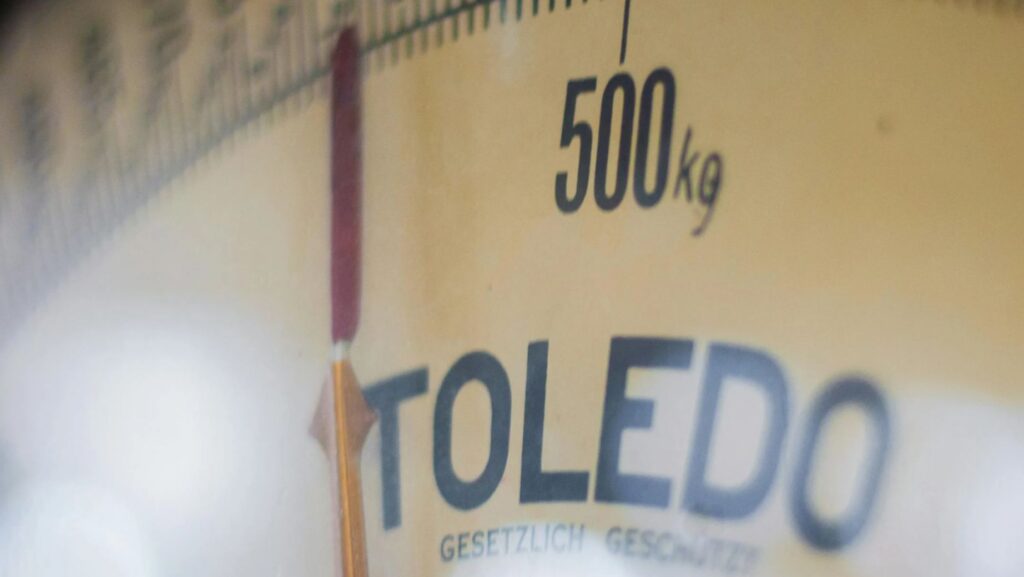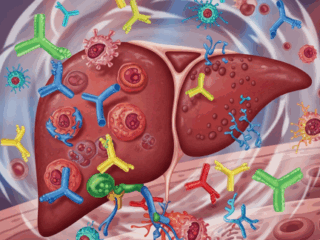
Losing weight can be an exciting journey, but many people experience a frustrating roadblock: the weight loss plateau.
Despite maintaining a calorie deficit and staying consistent with exercise, the scale stops moving. This phenomenon is often due to metabolic adaptation—the body’s natural response to prolonged calorie restriction.
In this article, we’ll explore why metabolic adaptation happens, how it slows down weight loss, and what you can do to break through a plateau and continue making progress.
Understanding Metabolic Adaptation
Metabolic adaptation, also known as adaptive thermogenesis, is a survival mechanism that has helped humans endure periods of famine. When you reduce calorie intake for an extended period, your body responds by becoming more energy-efficient, slowing down metabolism to preserve energy.
This process affects several aspects of metabolism, including:
- Resting Metabolic Rate (RMR): The amount of energy burned at rest decreases.
- Hormonal Changes: Levels of leptin (the satiety hormone) drop, making you hungrier, while ghrelin (the hunger hormone) increases.
- Energy Expenditure: The body reduces non-exercise activity thermogenesis (NEAT), such as fidgeting or spontaneous movement, to conserve energy.
- Muscle Mass Loss: Without strength training and adequate protein intake, the body may break down muscle for energy, further reducing metabolism.
Why Weight Loss Plateaus
A weight loss plateau occurs when the body’s energy output aligns with energy intake, preventing further fat loss.
The longer you diet, the more efficient your body becomes at preserving energy, making continued weight loss more difficult.
Common reasons for plateaus include:
- Decreased Caloric Needs – As you lose weight, your body requires fewer calories to function, meaning that the initial calorie deficit becomes smaller over time.
- Loss of Lean Muscle Mass – Muscle burns more calories at rest than fat. Without resistance training, you may lose muscle, reducing calorie expenditure.
- Underestimating Caloric Intake – Portion sizes tend to creep up, and hidden calories in sauces, dressings, and snacks can slow progress.
- Increased Hunger and Cravings – Hormonal shifts during weight loss can lead to increased hunger, making it easier to consume more calories without realizing it.
Considering Medical Interventions for Stubborn Weight Plateaus
For some individuals, metabolic adaptation can make weight loss exceptionally challenging, even with adjustments in diet, exercise, and lifestyle habits. If you’ve tried multiple strategies and still struggle to see progress, medical interventions such as endoscopic sleeve gastroplasty (ESG) may be an option.
ESG is a non-surgical weight loss procedure that reduces stomach size, helping to control portion intake and support long-term metabolic improvements.
Unlike traditional bariatric surgery, this minimally invasive approach allows for faster recovery and fewer complications, making it a viable alternative for those seeking medical assistance in their weight loss journey.
If you’re considering a medically supervised approach, consulting with an endoscopic sleeve gastroplasty clinic in New York can help determine if ESG is the right fit for your weight management goals.
How to Overcome Metabolic Adaptation and Break the Plateau
Fortunately, there are several other strategies to outsmart metabolic adaptation and continue progressing toward your goals.
1. Adjust Your Caloric Intake
Since your energy needs decrease as you lose weight, you may need to reassess your calorie intake. If your weight has been stagnant for several weeks, consider reducing your daily intake by 100-200 calories or implementing calorie cycling (higher calories on workout days, lower on rest days).
2. Incorporate Strength Training
One of the best ways to combat metabolic slowdown is to build muscle. Strength training increases muscle mass, which boosts resting metabolism and helps your body burn more calories throughout the day.
Aim for at least 3-4 strength training sessions per week focusing on compound movements like squats, deadlifts, and bench presses.
3. Increase Protein Intake
Protein plays a crucial role in preserving lean muscle mass and keeping metabolism high.
It also has a higher thermic effect than fats or carbohydrates, meaning your body burns more calories digesting it. Aim for 1.2-2.2 grams of protein per kilogram of body weight daily.
4. Prioritize Sleep and Stress Management
Poor sleep and chronic stress can negatively impact weight loss by increasing cortisol levels, which promotes fat storage, especially in the abdominal area. Aim for 7-9 hours of quality sleep per night and incorporate stress-reducing activities such as meditation, deep breathing, or yoga.
5. Change Up Your Exercise Routine
If you’ve been following the same workout regimen for months, your body may have adapted. Try incorporating high-intensity interval training (HIIT), increasing resistance in weight training, or adding new types of physical activity to challenge your muscles in different ways.
6. Refeed Days or Diet Breaks
Occasionally increasing your calorie intake with a refeed day (higher carb intake) or a short diet break (1-2 weeks of maintenance calories) can help restore leptin levels and prevent prolonged metabolic slowdown. However, this should be done strategically to prevent overeating.
7. Track Your Progress Accurately
Weight isn’t the only indicator of fat loss. If the scale isn’t moving, assess other factors like:
- Body measurements (waist, hips, thighs)
- Progress photos
- How clothes fit
- Strength levels in the gym
Final Thoughts
Metabolic adaptation is a natural response to weight loss, but it doesn’t mean progress has to stop. By adjusting your calorie intake, focusing on muscle retention, prioritizing sleep, managing stress, and keeping workouts varied, you can push past plateaus and continue working toward your weight loss goals.
Rather than seeing a plateau as a failure, consider it a sign that your body has adjusted—and now it’s time to adjust your strategy too. With patience and the right approach, you can keep moving forward on your journey to better health.









